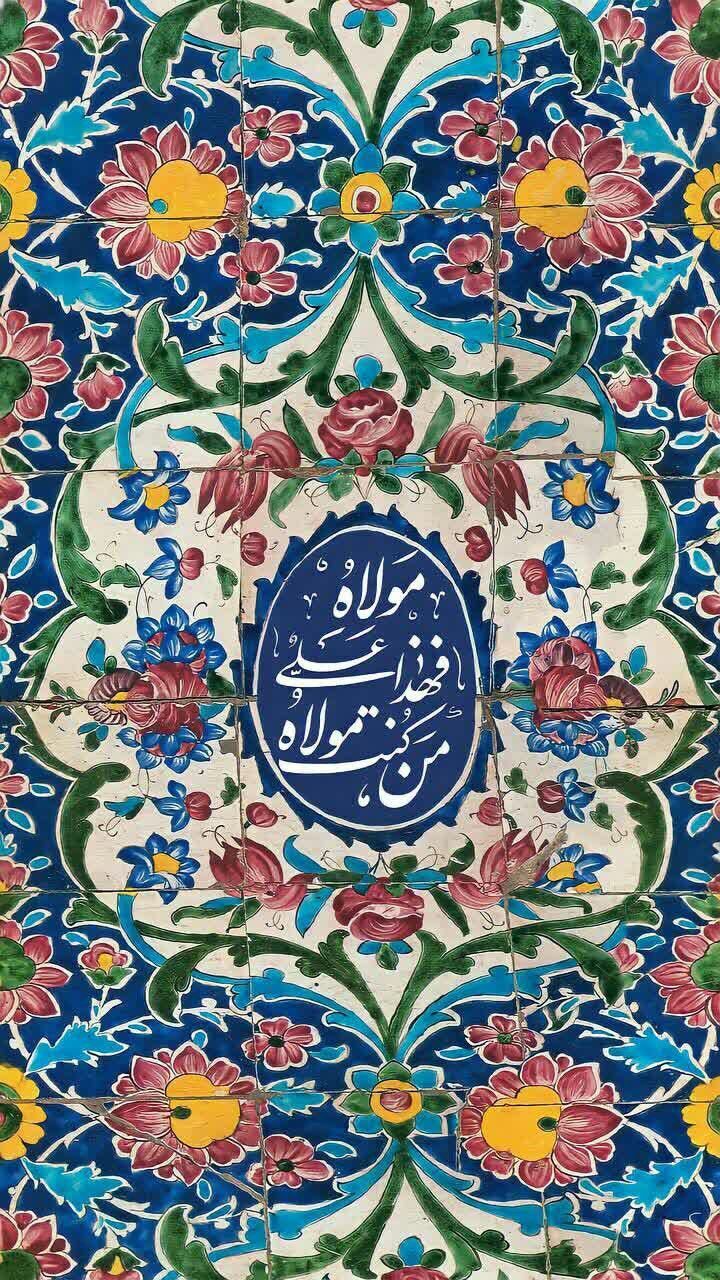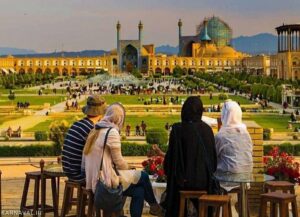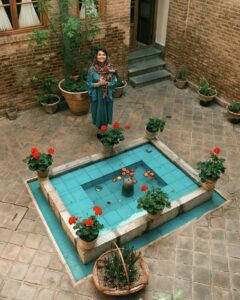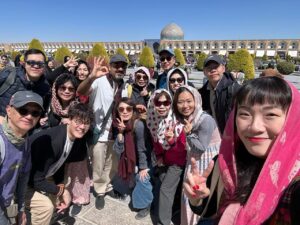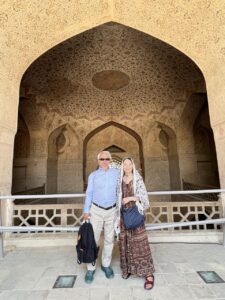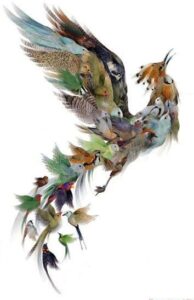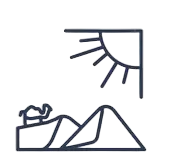Persian architecture is not just about domes, arches, and intricate tilework, it is also a canvas for poetry, philosophy, and history. Everywhere you look, words come alive, etched into stone or painted in vibrant tiles, telling stories that span centuries. In Iran, calligraphy is not merely decoration; it is the heartbeat of the buildings, the silent voice of poets, and the spirit of culture.
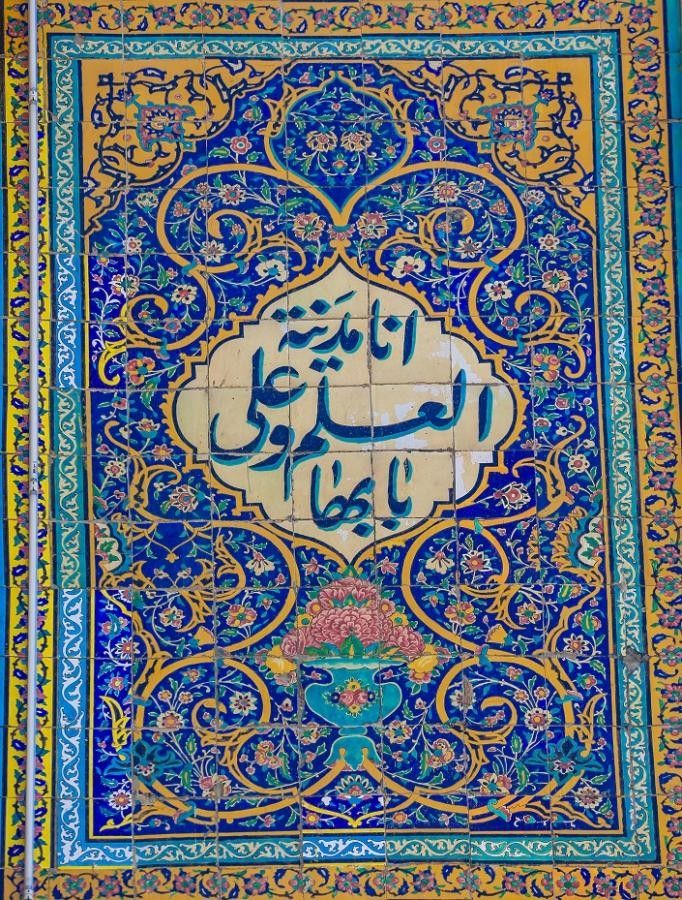
The Art of Words on Walls
As you wander through ancient mosques, palaces, and mausoleums, you notice lines of flowing script climbing walls and domes. These inscriptions range from verses of the Quran to poetry by Hafez and Saadi. Each letter is carefully designed, harmonizing with the curves of arches, the rhythm of tiles, and the geometry of the space.
Visitors often find themselves pausing, reading the words, and marveling at how calligraphy transforms stone and tile into stories. The letters guide your eyes along corridors, highlight entrances, and accentuate the grandeur of domes.
Calligraphy and Spirituality
In many religious buildings, calligraphy is more than aesthetic, it is spiritual. The words carry prayers, wisdom, and divine symbolism. Standing beneath the ceiling of a mosque, you can feel the energy of centuries of devotion, communicated not only through structure but also through the elegance of letters that float above you.
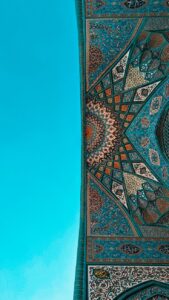
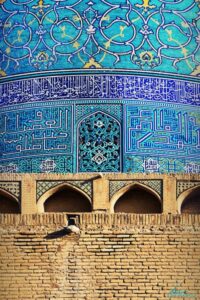
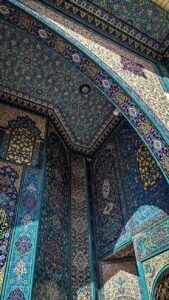
From Poetry to Palaces
Not all inscriptions are religious. In palaces and gardens, Persian calligraphy celebrates art, love, and history. At the Nasir al-Mulk Mosque in Shiraz, verses of light and poetry interplay with colorful tiles. In Isfahan, the Sheikh Lotfollah Mosque showcases golden inscriptions that tell tales of royal grandeur. Even in small historical houses, carved phrases welcome guests and mark the space with cultural identity.
Why Travelers Love It
For visitors to Iran, discovering calligraphy in architecture is a deeply immersive experience. You see how words can shape space, how art can be functional and spiritual, and how poetry is embedded in daily life. Walking through bazaars or historic sites, noticing the smallest inscriptions, or capturing them in photography makes the journey richer.
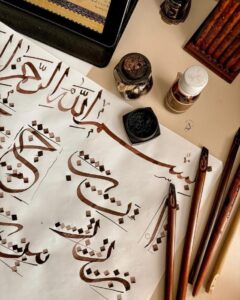
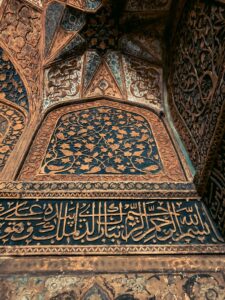
Conclusion
Persian calligraphy is a hidden layer of Iran’s cultural treasure. It merges architecture and literature, art and spirituality, history and identity. Experiencing these letters in stone and tile allows travelers to read the story of Iran one wall at a time, making every mosque, palace, and garden a living book waiting to be explored.

